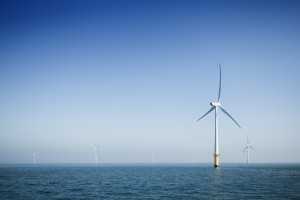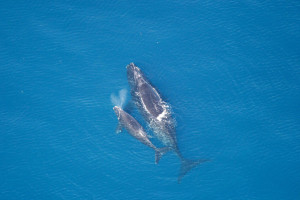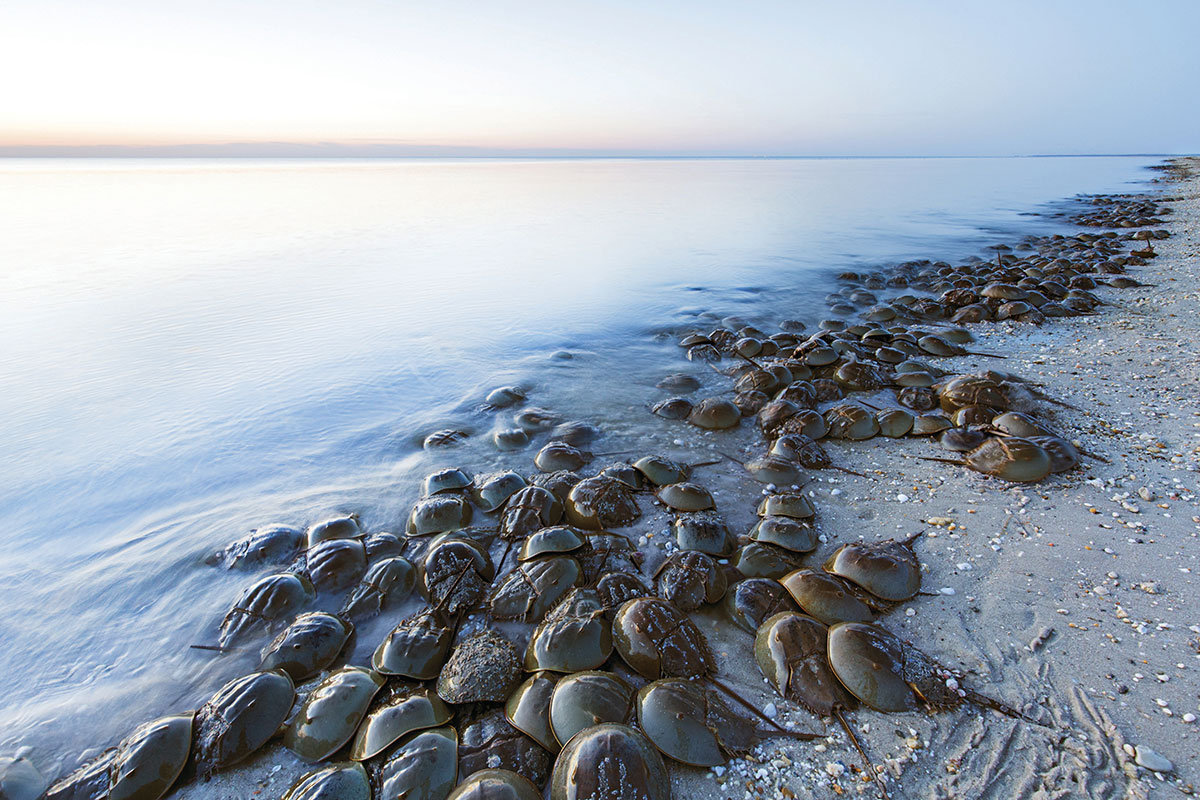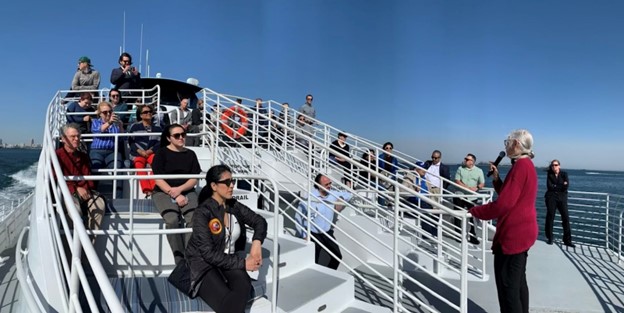In less than two weeks, President Obama and the Environmental Protection Agency (EPA) will roll out their vitally important plan to limit carbon pollution from power plants. As these rules begin to take shape, America will move away from fossil fuels and toward clean energy projects, such as offshore wind power.
The carbon rules will be the biggest step that America has taken to address our most carbon polluting source: power plants. Currently, there are no limits to how much a power plant can pollute. Every year, U.S. power plants spew over 2 billion metric tons of carbon dioxide into the atmosphere. With these new regulations on power plant pollution, America will take the first steps to tackling the problem of climate change. These limits will protecting public health and wildlife from the impacts of climate change and air pollution.

This carbon rule will bring America into a new energy future. As we shift away from dirty and polluting fuel sources, we turn to renewable energy sources like offshore wind. Offshore wind power has been gaining momentum in the past few years as businesses and communities see it as a viable and responsible energy choice. Just last week, the Block Island Wind Farm in Rhode Island received unanimous approval from state officials, confirming that the project poses no threat to Rhode Island’s coastal environment – not to mention the developer’s commitment to going above and beyond required measures to protect the critically-endangered North Atlantic right whale. This decision moves the Block Island project one step closer to bringing clean offshore wind energy to America. This great win is the culmination of years of fantastic work and a terrific reminder of the broad support for offshore wind projects.

America is ready to move away from coal and carbon pollution. Just 1 in 5 Americans today thinks that making electricity from coal is a good idea. In contrast, 84% of Americans think that wind power is a good way to produce energy, and 91% support solar energy. There is overarching understanding that we need to continue to make progress on producing clean energy given the harmful impacts that coal and carbon pollution poses on communities. Offshore wind energy has the potential to play a major role in bringing us safer and cleaner energy.
![]() Speak up about carbon pollution. Tell the EPA that you support limiting carbon pollution from power plants and transitioning to clean energy like offshore wind.
Speak up about carbon pollution. Tell the EPA that you support limiting carbon pollution from power plants and transitioning to clean energy like offshore wind.
 Offshore Wind Energy
Offshore Wind Energy 

